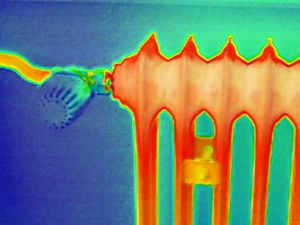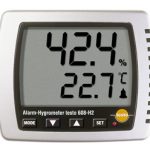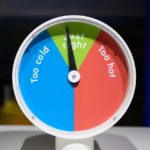Technology in development by the Massachusetts Institute of Technology (MIT) could soon see the energy inefficiencies of homes being identified more easily, through the use of ‘drive-by’ thermal imaging.
Essess – the MIT spinout company that is responsible for the innovation – deploys cars with thermal imaging cameras on the roof, which can then create heat maps of thousands of homes every single day.
Heat retention
The system uses a number of cameras to distinguish the facade of each house from the surroundings, and then combines the gathered images with complex analytical computing power to assess where improvements in heat retention – and ultimately, energy saving – can be made.
Any glaring data can then be relayed to the utility companies and the applicable industry professionals who can inform the homeowner and then set about fixing any issues.
The system can even twin its findings with demographic information such as details of the age of the occupants or even the current utility bills of each property. This can then be channeled into prioritising which households need the most help in better managing their energy use.
Wasting energy
Co-creator of the innovative system Sanjay Sarma explained the thinking behind the system in an interview with MIT News. “It’s not just figuring out who the worst culprits are – who’s wasting the most energy – because there are customers that can be wasting energy, but they’ll never fix it. There’s the actual energy waste and the psychological component to do something about it. Those are two distinct analyses we layer on top of one another.”
The system can autonomously decide which neighborhoods are most likely to be energy inefficient by better understanding which specific area they are situated in. For example, the location of houses will often dictate the time period in which they were built, with findings showing that older developments suffer from poorer build quality than their more modern equivalents.
Thermal imaging can be a key tool in finding inefficiencies in building thermography, ultimately having the potential to save both the contractor and end user time and money.
The testo 875-1i is perfect for assessing heat efficiency, having uses in both construction and industrial settings. The operating temperature is variable from -15 to +40 degrees Celcius, while a four hour battery life will ensure that even the biggest of projects can be accurately and thoroughly assessed with plenty of time to spare.









 Reduce cooking oil costs while ensuring quality
Reduce cooking oil costs while ensuring quality Expert knowledge on CO2 monitoring
Expert knowledge on CO2 monitoring Refrigeration knowledge - in 3 modules
Refrigeration knowledge - in 3 modules



